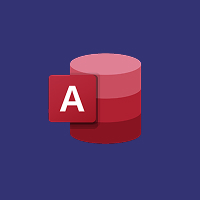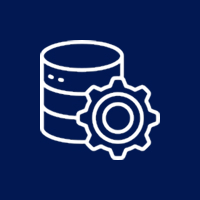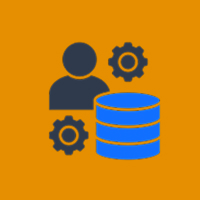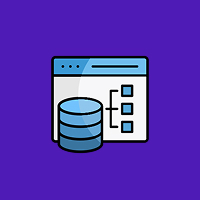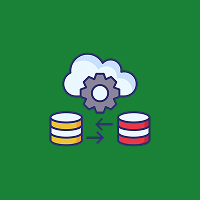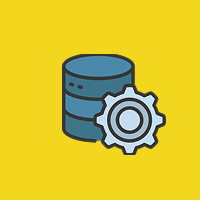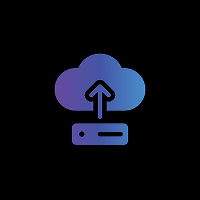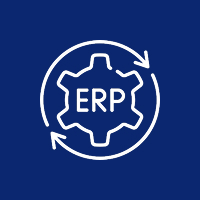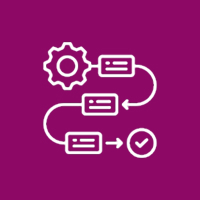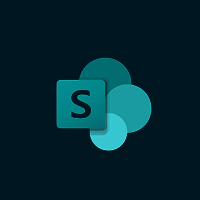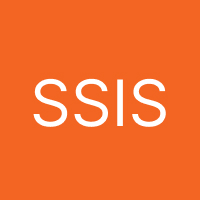In the contemporary data-centric society, modern businesses usually generate large amounts of structured and unstructured data. To utilize this data efficiently, businesses need scalable, flexible, and high performance database solutions. MongoDB is a NoSQL database that is intended to work effectively with large volumes of data and analytical capabilities, making it one of the top choices for big data solutions.
In this article, we will examine how organizations can utilize and maximize MongoDB for big data analytics, how to interpret raw data into useful data, and building competitive advantages.
1. Why Choose MongoDB for Big Data Analytics.
When managing big data, MongoDB provides a few advantages over traditional relational databases:
- Flexible Schema: MongoDB is a document structure database that allows dynamic and evolving data models, accommodating for unstructured and semi-structured data.
- Horizontal Scalability: MongoDB supports sharding which allow the distribution of data across various servers, allowing for high performance consequently with the upward trend of big data.
- High Performance: MongoDB has been optimized for a mix of read and write workloads, therefore, is best for real-time analytical workloads.
- Aggregation Framework: MongoDB provides you powerful pipelines to complete complex analytics inside the database.
By using these capabilities, organizations can execute both large volumes of data and gain additional insights faster.
2. Main Use Cases of MongoDB for Big Data Analytics
a. Real-Time Analytics
With MongoDB, businesses can analyze data as it arrives, enabling real-time decisions for applications like fraud detection, e-commerce recommendations, and Internet of Things (IoT) monitoring.
b. Customer Behavior Insights
Companies can analyze information from clickstreams, transactions, and social media into a storehouse of knowledge and deep insight into customer behavior, preferences, and trends.
c. Data Lakes and Warehousing
MongoDB can serve as a flexible data lake that stores both structured and unstructured data, from both relational data to NoSQL to user-generated data. This data can be queried or analyzed using analytics tools such as Tableau, Apache Spark, and Power BI.
d. Predictive Analytics and Machine Learning
MongoDB readily integrates with other machine learning frameworks so organizations can create predictive models based on past and real-time data sets and improve future forecasting and operational efficiency.
3. Strategies to Get the Most Out of MongoDB Analytics
Aggregation Pipelines: Similar to how you can combine the operations of filtering, grouping, and sorting with multiple stages in a relational database, you can also create complex analytical insights that aggregate operations in MongoDB.
Indexing: To get the best performance out of datasets with large volume, you can optimize the performance of your queries with the various indexing options that MongoDB has to offer. Compound, text, and geospatial indexes are all good ways to optimize performance.
Sharding and Replication: MongoDB allows data to be distributed across multiple nodes, which increases the scalability of your data. Sharding also provides high availability for your applications as well.
Interface with Analytics Tools: For more advanced data analysis use MongoDB as a data store and interface it with analytics tools such as Power BI, Tableau, Apache Spark, or other Python based analytics frameworks.
4. Advantages of Utilizing MongoDB for Big Data Analytics
- Accelerated Insight – Analyze vast amounts of data without the restrictions of finite schemas.
- Scalable Architecture – Easily accommodates increasing data using features such as sharding and replication.
- Flexibility – Accommodates structured and unstructured data types from JSON documents to multimedia files.
- Cost Savings – Lowers infrastructure costs through third-party cloud-native deployments, such as MongoDB Atlas.
- Integration Ready – Connects with popular analytics and BI tools for greater insight.
Conclusion
MongoDB helps organizations leverage big data analytics with a scalable, flexible, and high-performance platform.
Its aggregation framework, real-time analytics, and tool integrations turn raw data into actionable insights.
Businesses can improve operational efficiency and stay competitive in today’s fast-paced digital world.
Whether it is for real-time, predictive modeling, or customer behavior, MongoDB is a solid solution for organizations that want to utilize big data for strategic insight.
Contact Us Today



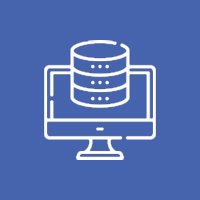









 Database Development
Database Development




